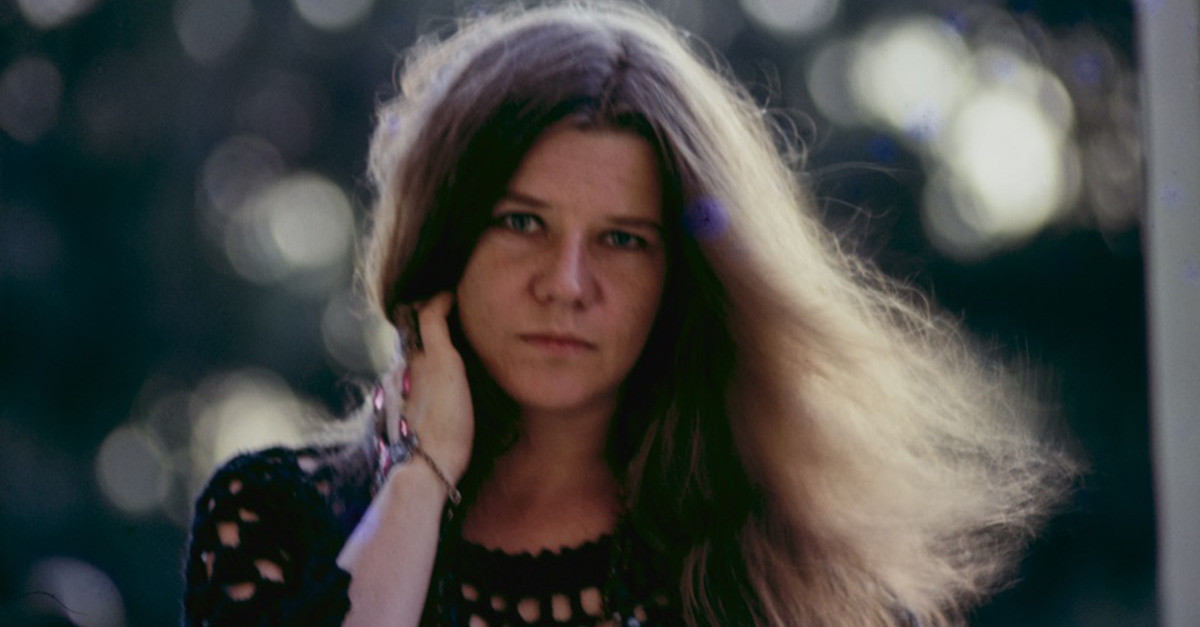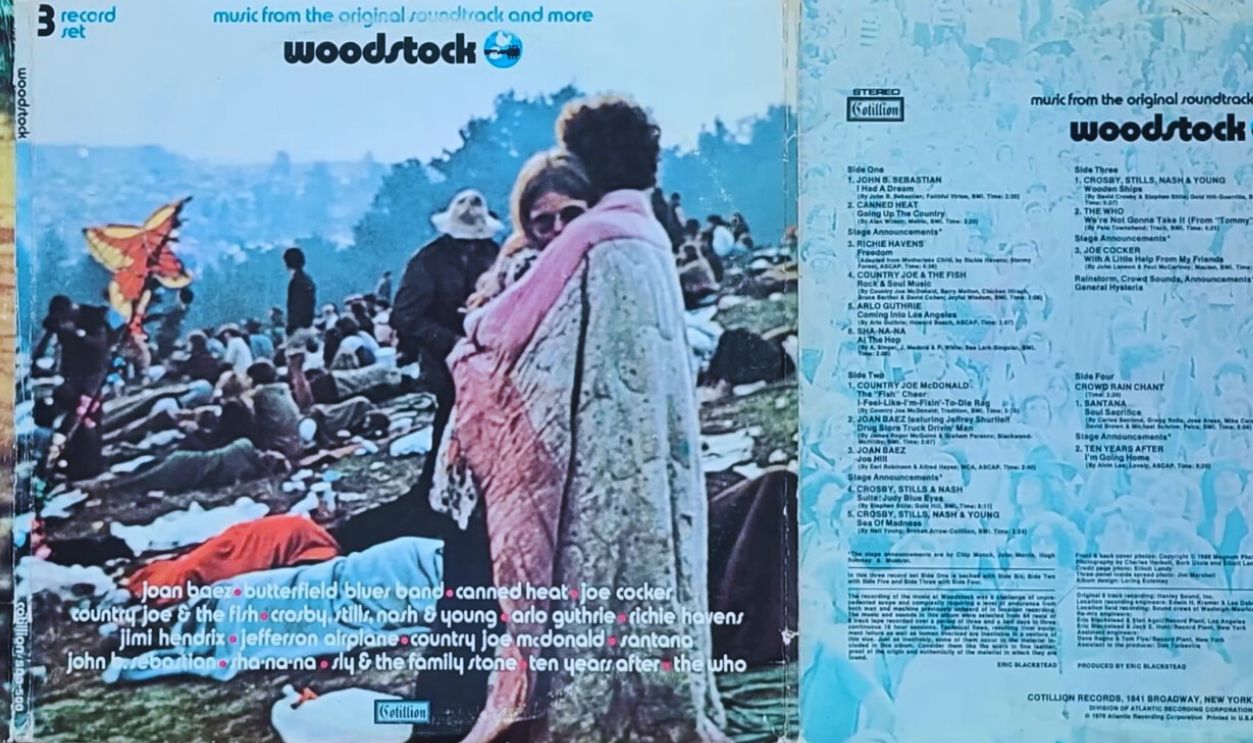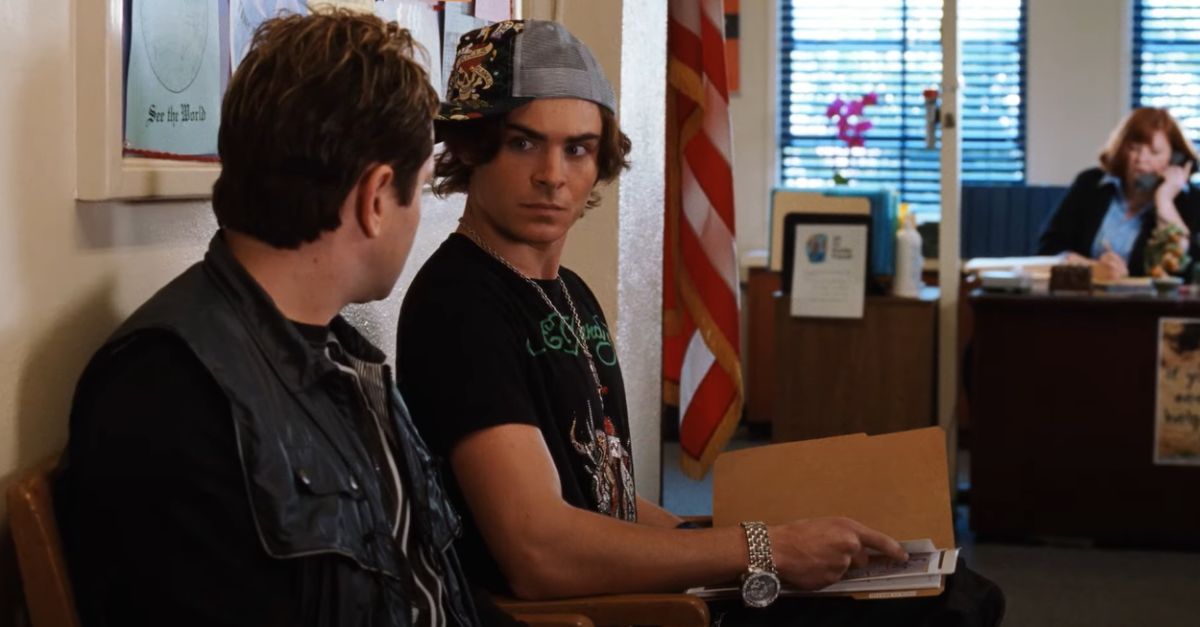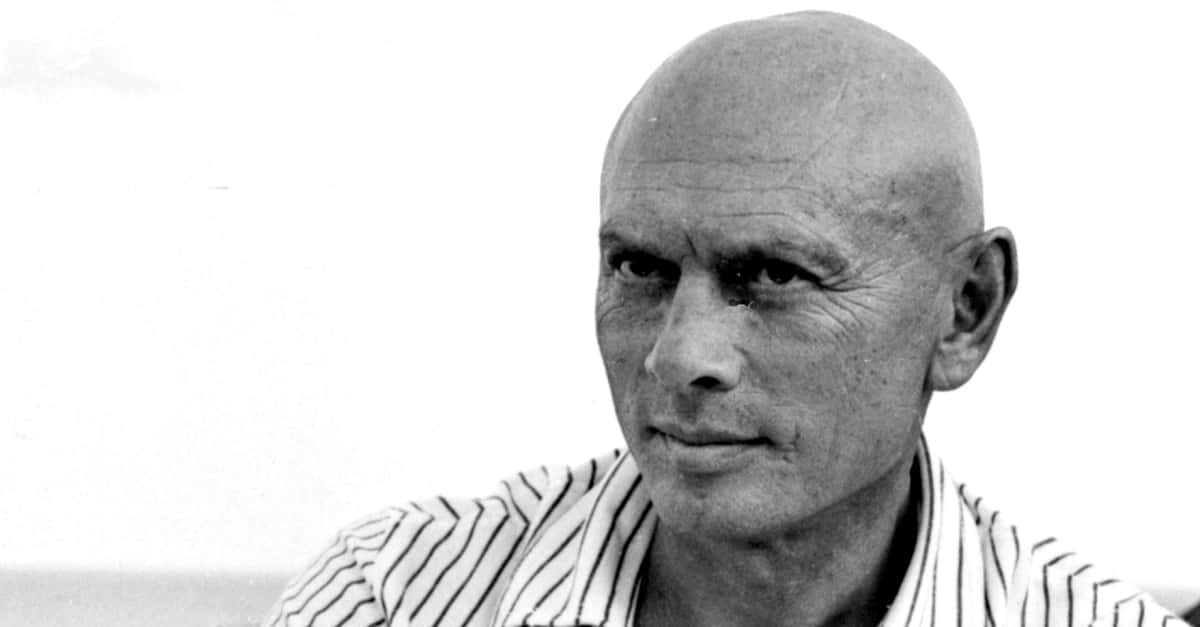The Lost Pearl Of Rock
You don’t have to be a fan of rock and roll to have heard of Janis Joplin. Even if you aren’t familiar with her specifically, you likely know of her work. Despite being cut down far too soon, her songs with her unique voice continue to pop up in modern pop culture. Let’s dive into the tragic tale of this phenomenal rock performer.
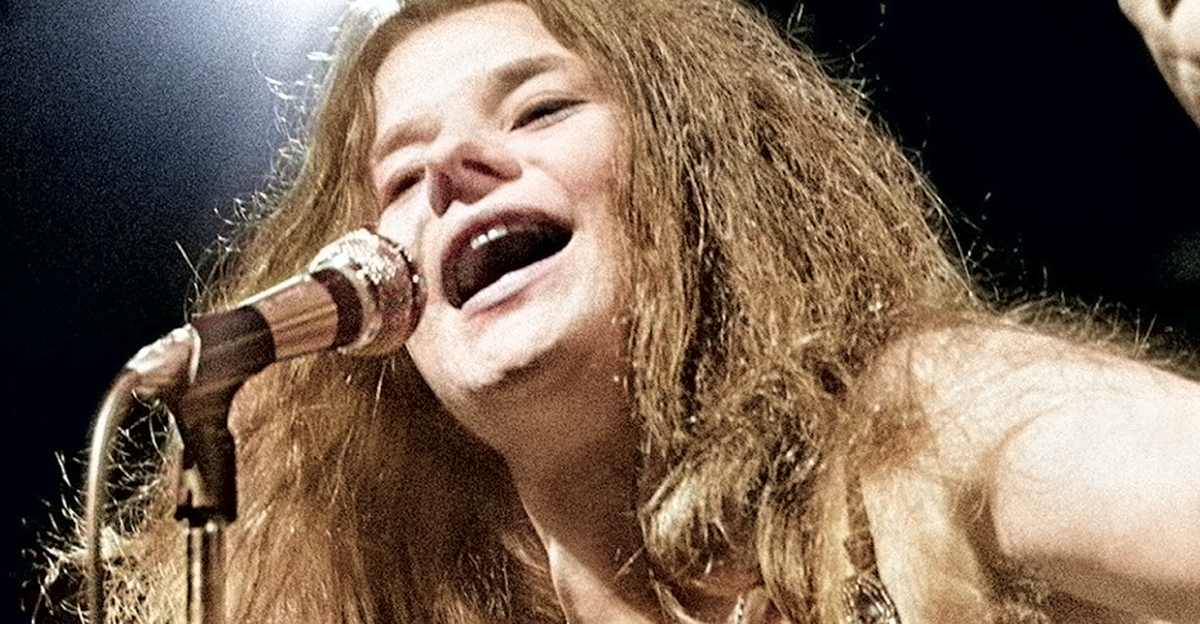
1. She Was Sensitive
The 1940s sound as if they were an entire lifetime ago. It is easy to forget how close they were to today. Janis Joplin would have celebrated her 82nd birthday this past January, should she have been so lucky, and she was born in 1943. The oldest of three, Joplin’s parents have stated that Joplin needed more attention than her siblings—she was always a sensitive soul.
 Grossman Glotzer Management Corporation, Wikimedia Commons
Grossman Glotzer Management Corporation, Wikimedia Commons
2. She Was Bullied
Janis Joplin was born and raised in Port Arthur, Texas. Although she had a group of friends, they were all considered outcasts, and Joplin struggled growing up. She did not get along with most of her peers at Thomas Jefferson High School, and she suffered for it, frequently being bullied and called names.
In her words, “I was a misfit. I read, I painted, I thought”. Joplin needed an escape.
 Albert B. Grossman Management (personal manager), New York., Wikimedia Commons
Albert B. Grossman Management (personal manager), New York., Wikimedia Commons
3. She Found Music
Joplin struggled to find her place in Port Arthur. She was sensitive and emotional. She was looking for a world that didn’t exist around her. She needed to escape, and she first found that escape through music. Her high school friends introduced her to Bessie Smith, Ma Rainey and Lead Belly. These were her early inspirations, and the artists that drew Joplin to music in general.
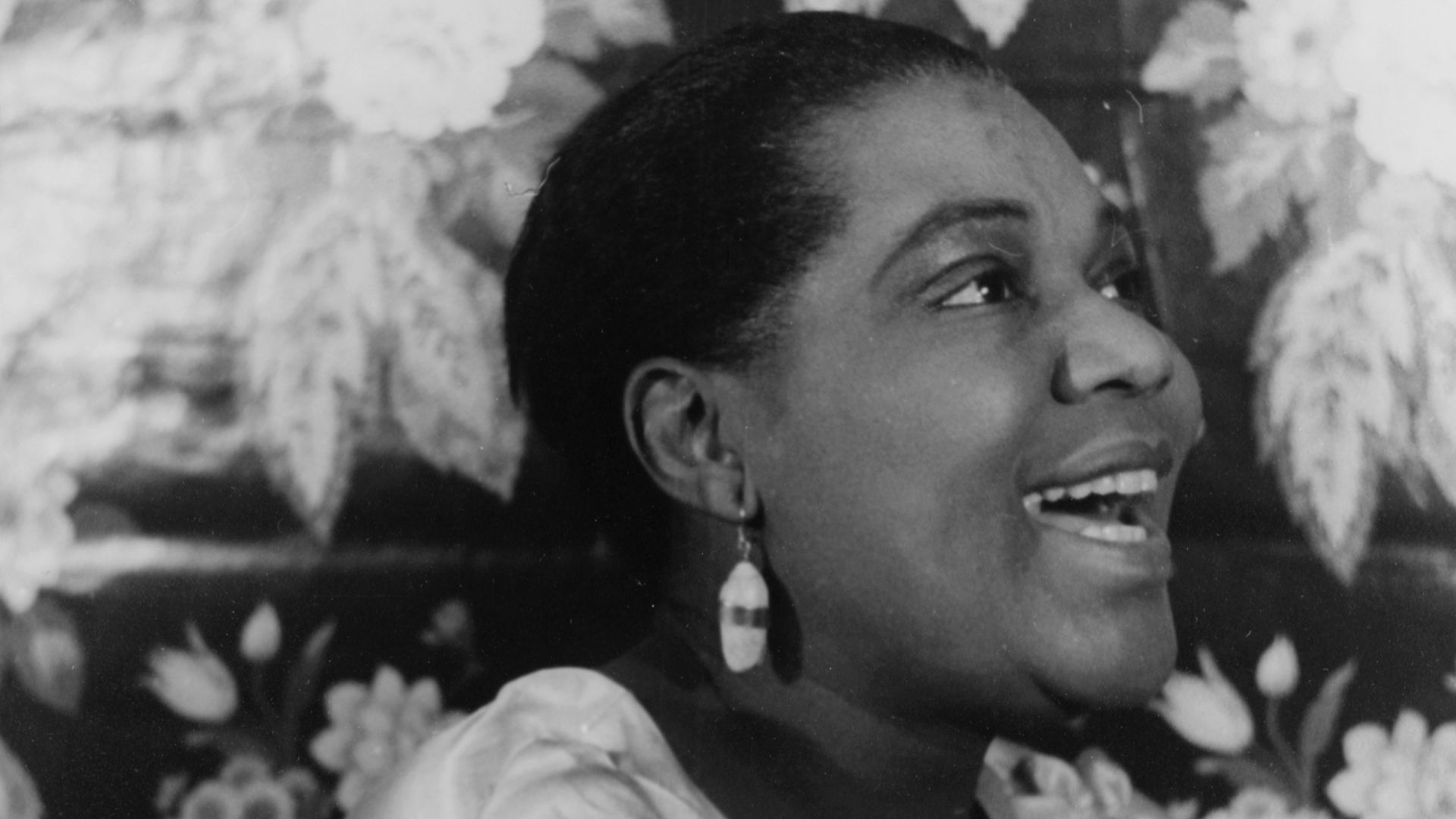 Carl Van Vechten, Wikimedia Commons
Carl Van Vechten, Wikimedia Commons
4. She Stood Out
The 1960s are famous for the thriving counterculture that began to grow among teenagers and young adults. Janis Joplin graduated high school in 1960, just as this culture was beginning to grow. Initially, she attended college, first Lamar State College of Technology and then later, the University of Texas at Austin (UT).
Although she appeared to be following the steps people expected her to, Joplin continued to stand out among her peers.
 Ashley Famous Agency/Albert B. Grossman-management, Wikimedia Commons
Ashley Famous Agency/Albert B. Grossman-management, Wikimedia Commons
5. She Needed Something New
Janis Joplin attempted to make a space for herself at UT. She performed with the Waller Creek Boys, a folk trio, and would hang with the staff of The Texas Ranger, a campus humor magazine. However, it was clear she still didn’t fit. At the start of 1963, she hitchhiked her way to San Francisco with Chet Helms, a friend. Joplin claimed she did so “just to get away”. She needed to “because [her] head was in such a different place”.
Unfortunately, San Francisco didn’t agree with her either.
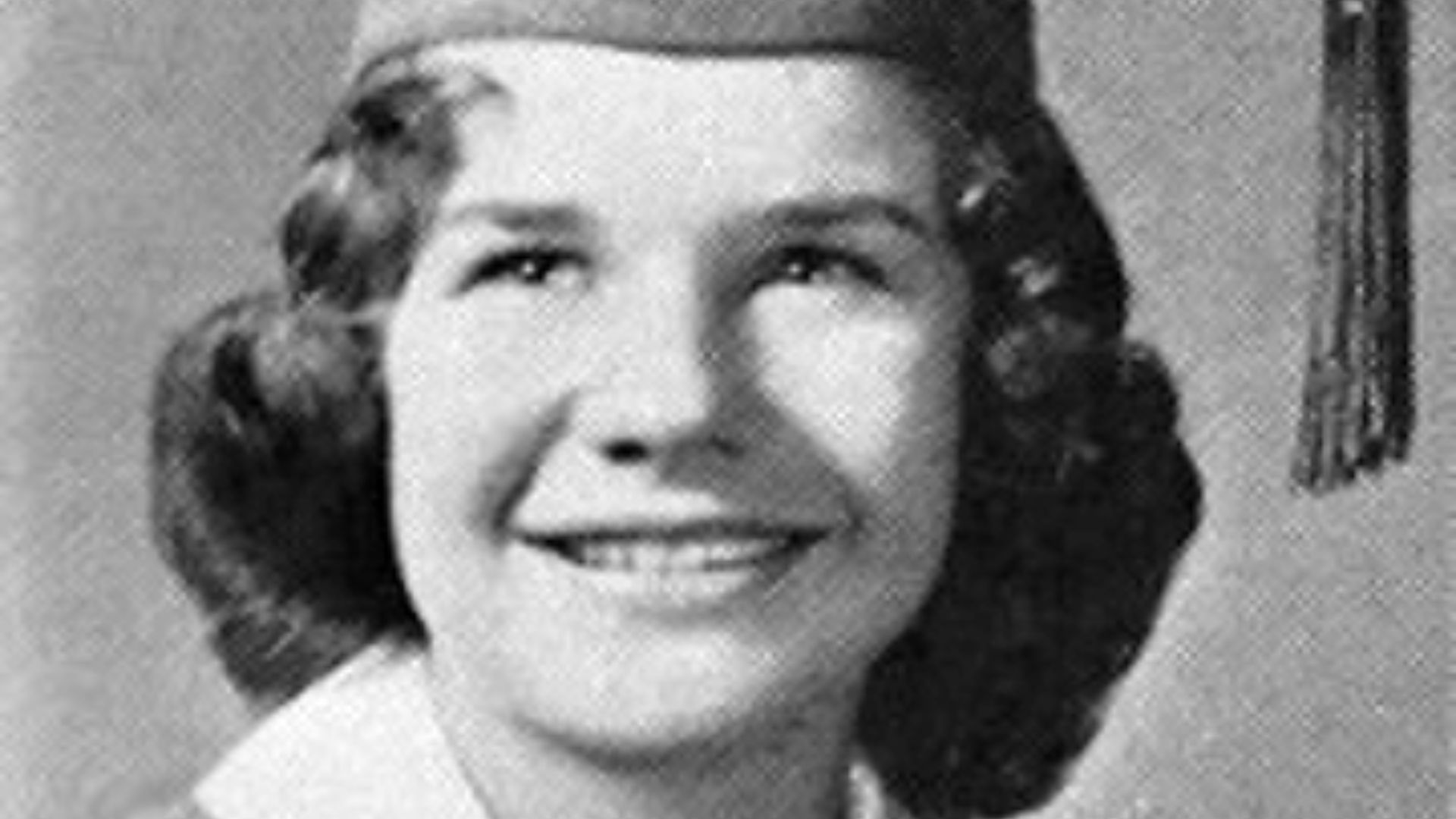 Thomas Jefferson High School, Wikimedia Commons
Thomas Jefferson High School, Wikimedia Commons
6. She Connected To Artists
San Francisco had become the epicenter of the “beatnik” culture at this time. While Joplin connected with other artists who shared similar outlooks upon art and the world as her, including Jorma Kaukonen, future guitarist for Jefferson Airplane, it also increased Joplin’s vices. She became heavily dependent on drink and psychoactive substances during this time.
 Agency for the Performing Arts, Wikimedia Commons
Agency for the Performing Arts, Wikimedia Commons
7. She Struggled With Addictions
Joplin’s problems in San Francisco occurred not long after her arrival. The authorities detained her for shoplifting in the first year of her moving there. She quickly developed a reputation as a “speed freak”—it was clear she was losing control. Two years later, her regular substance use had left her “skeletal” and “emaciated”. Her friends feared what would happen if someone didn’t do something.
After two years in San Francisco, Joplin’s friends came together to persuade her to return to Port Arthur.
 This image was taken by the Tampa Police Department, Wikimedia Commons
This image was taken by the Tampa Police Department, Wikimedia Commons
8. She Started Again
Janis Joplin weighed just 88 pounds (40 kg) when she returned to her parents in the spring of 1965. The need for a change was obvious to Joplin, and she put in the work to do so. She left her counterculture habits behind. She gave up her addictions, wore a trendy beehive, and enrolled again at Lamar University. She was rebuilding her life.
 Universal History Archive, Getty Images
Universal History Archive, Getty Images
9. She Was Disappointed
In the fall of 1965, Joplin’s life looked very different than it had a year prior. She was engaged to a man with a steady job, and she was planning her future wedding with her mother, just as hundreds of other young women at the time were. Unfortunately, for Joplin, it wasn’t meant to be. Not long after becoming engaged, her fiancé Peter de Blanc ended the affair, leaving Joplin once again alone.
10. She Was Trapped
Joplin’s conversations with Bernard Giarritano, a psychiatric social worker she visited, reveal that she saw two possible futures at this time for herself, each with its own drawbacks. She dreaded being trapped in Port Arthur, working as a secretary until she married and became a mother. Yet, she didn’t see how she could return to a career as a professional musician and not relapse into her addictions.
Today, this fear appears like a grim prediction of what could have been.
 Ted Streshinsky Photographic Archive, Getty Images
Ted Streshinsky Photographic Archive, Getty Images
11. Her Voice Was Unique
Although Janis Joplin had left, the hippie “summer of love” culture had continued to grow in San Francisco, as had those that she had left behind. Her friend, Chet Helms, had created a career for himself as a concert promoter, and he’d become the informal manager for a new band: Big Brother and the Holding Company.
However, they needed something to stand out, and Helms felt he knew just the voice: Joplin.
12. She Went Back
Helms sent Travis Rivers, a friend, to meet up with Joplin in Austin, Texas, and to bring Joplin back to San Francisco. Some sources suggest Joplin was considering joining up with a band that was forming in Austin. Whether Joplin was ever serious about that or not, that was the impression that she gave her parents.
They did not realize that Joplin had returned to San Francisco, not Austin, until Joplin wrote them a letter from San Francisco sometime after arriving.
13. She Set Boundaries
Knowing that San Francisco had been the source of Joplin’s original struggles with substances had likely led Joplin to lie to her parents. However, in the early days, she made an effort to remain clean. She roomed with Travis Rivers when she moved to San Francisco the second time, and she asked Rivers to promise no one would ever use in their place.
It was a promise Rivers made, but not in good faith.
14. She Was Betrayed
One of Joplin’s former bandmates, Dave Getz, recalled being with Joplin when she’d discovered Rivers’ betrayal. He’d accompanied her home from a rehearsal when they discovered some guests of Rivers in their apartment about to use. Getz recalled Joplin losing it; she was crying and screaming at Rivers when he appeared, insisting that Rivers had promised. Getz didn’t know what to do.
15. Her Fears Were Founded
Getz attempted to help Janis Joplin calm down. However, he didn’t understand the gravity of the situation. He thought that Joplin didn’t understand what was going on, so he tried to minimize the situation. Joplin just kept telling him “You don't understand! I can't see that! I just can't stand to see that”.
Joplin’s fears seemed to be coming true: it was almost impossible to separate her music from the substances.
16. Her Life Became Chaotic
Over the next year or so, Janis Joplin entered a period of touring with the band, as well as engaging in a series of relationships. Her romantic relationship of Ron “Pigpen” McKernan of Grateful Dead did not last long. However, her friendship with him lasted longer. By early 1967, she was living with Country Joe McDonald of Country Joe and the Fish. It was a brief relationship that Joplin did not take well.
 ullstein bild Dtl., Getty Images
ullstein bild Dtl., Getty Images
17. She Demanded A Song
McDonald divorced his first wife, Kathe Werum, in 1966. He and Joplin dated for a short time after the end of this marriage—only for McDonald to leave her for another woman. McDonald has said that Joplin was angry when he broke up with her his next wife.
However, when she asked him to write a song about her, he did and titled it “Janis”, one of many tunes about Joplin.
 Country Joe McDonald - Janis - 10/27/1973 - Winterland (Official), Folk & Country on MV
Country Joe McDonald - Janis - 10/27/1973 - Winterland (Official), Folk & Country on MV
18. She Began To Rise
Somewhere around the time of her relationship with McDonald, Big Brother and the Holding Company began to see real success. They had a stellar performance at the Monterey Pop Festival , where Joplin’s vocals truly wowed the crowd. Shortly after that, they released their debut album titled Big Brother & the Holding Company.
Despite the band’s obvious talents, it was clear that Joplin was the star.
 Columbia Records, Wikimedia Commons
Columbia Records, Wikimedia Commons
19. She Was The Star
Capitalizing on success that they were having, the band released their second album, Cheap Thrills, a year later in 1968. Despite only one song on this album, “Ball and Chain”, being recorded outside of the studio, Cheap Thrills still had a raw quality about it. It reached number one on the charts and stayed there for eight weeks.
Janis Joplin was a star—and she wanted more.
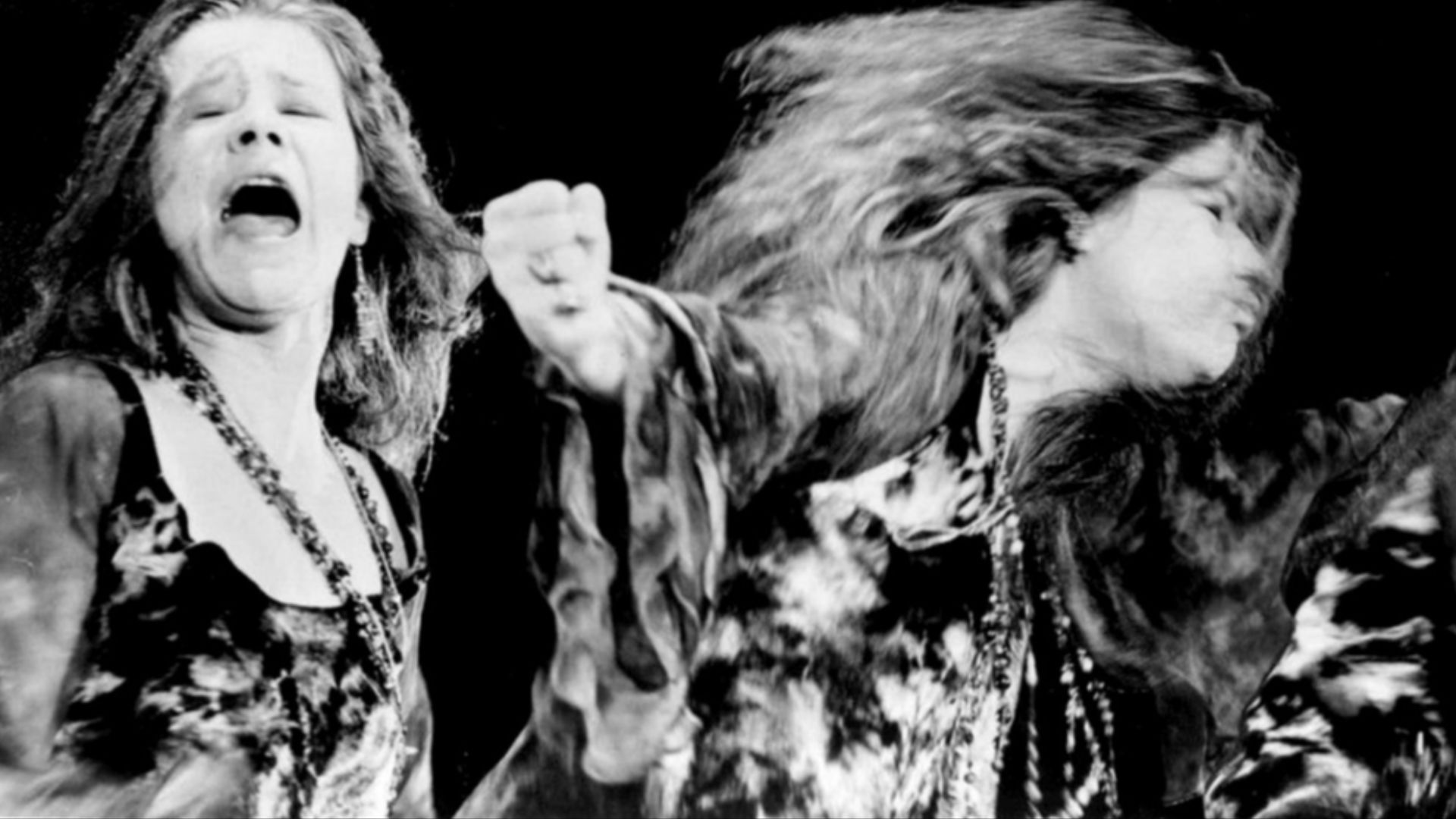 ABC Television, Wikimedia Commons
ABC Television, Wikimedia Commons
20. She Went Solo
Not long after the success of Cheap Thrills, Joplin announced that she was leaving Big Brother. Officially, she stated that she wished to focus on her solo career. She also took Sam Andrew, Big Brother and The Holding Company’s guitarist with her. Joplin was the focus of her new band, the Kozmic Blues Band, with the musicians purely there to accompany her.
 Michael Ochs Archives, Getty Images
Michael Ochs Archives, Getty Images
21. She Was Losing Control
By this point, Joplin had not only backslid—her substance use was getting out of hand. Reports allege that she was consuming $200 worth of substances per day, which equates to $1715 in modern money. However, the producers made an effort to keep her clean during the recording of her debut solo album, I Got Dem Ol’ Kozmic Blues Again Mama! which came out later that year to modest reviews and ratings.
22. She Made History
In the summer of 1969, the single most influential musical festival of the 20th century was held: Woodstock. Spanning four days, anyone who was anyone in music at that time performed. It’s been almost 60 years, and Woodstock is still referenced as the cultural phenomenon, something that we can never capture again. Joplin, along with her band, was among the artists that performed.
 Janis Joplin at Woodstock, zeeisaman1 Loder
Janis Joplin at Woodstock, zeeisaman1 Loder
23. She Was Overwhelmed
The story goes that Joplin informed her band that they would be performing at Woodstock as if it were just any other gig in their already very full lineup. Perhaps Joplin, at the time, thought that it would be. However, as she flew in on a helicopter with a pregnant Joan Baez, she quickly realized the significance of what was happening. Unfortunately, it might have been too much for the 26-year-old addict.
 Ron Kroon / Anefo, Wikimedia Commons
Ron Kroon / Anefo, Wikimedia Commons
24. She Had To Wait
Baez recalled that Joplin became both giddy and nervous as they flew over the large crowds that had gathered for the show. When they first landed, she was eager to perform. She wanted to get on the stage. However, there were many bands ahead of Joplin obligated to perform before she could go on.
Left with too much time on her hands, Joplin gave into her addictions to kill time until she could perform. It took its toll.
 Woodstock Whisperer, Wikimedia Commons
Woodstock Whisperer, Wikimedia Commons
25. She Took The Stage
Somewhere around 2:00 am on Sunday, August 17, 1969, Janis Joplin finally appeared on stage at Woodstock. Despite being severely intoxicated, Joplin held it together for the performance. The audience demanded an encore. However, those who’d seen her perform Monterey remarked that while still talented, she had not performed at her best that night. Something Joplin herself noted.
 Janis Joplin at Woodstock, zeeisaman1 Loder
Janis Joplin at Woodstock, zeeisaman1 Loder
26. She Hated Her Performance
When they released the documentary and soundtrack for Woodstock: Music from the Original Soundtrack and More in 1970, they did not include Joplin’s performance. This was at her insistence. She was not happy with the performance. However, some filming has resurfaced in recent years.
Woodstock marked the beginning of Joplin’s downward spiral.
27. She Went Off The Rails
In November of that same year, Janis Joplin involved herself in an altercation between some officers attempting to do crowd control in Tampa Florida. After yelling at the authorities “Don’t [mess] with those people!” they detained Joplin and fined her $200 plus court costs for the incident. She also began to struggle at performances.
 This image was taken by the Tampa Police Department, Wikimedia Commons
This image was taken by the Tampa Police Department, Wikimedia Commons
28. Her Performances Faltered
Joplin appeared twice at Madison Square Garden near the end of 1969, and neither performance was problem-free. During a Thanksgiving performance with the Rolling Stones, Joplin performed a duet with Tina Turner. Her then publicist, Myra Friedman has said Joplin was, “so [inebriated], so stoned, so out of control, that she could have been an institutionalized psychotic rent by mania”.
It only went down from there.
29. She Couldn’t Make It
Janis Joplin returned to the Garden in late December with solo billing. Some people believed that Joplin attempted to incite a riot within her audience during this performance. Joplin later told the media that the audience watched, “Every note [she sang] with 'Is she gonna make it?' in their eyes”. It was a serious question that few people had the answer to.
Janis Joplin was falling apart—and so was her band.
 Janis Joplin - To Love Somebody (live July 18,1969 performance)(Stereo Mixed), Kelly's Classics
Janis Joplin - To Love Somebody (live July 18,1969 performance)(Stereo Mixed), Kelly's Classics
30. She Took A Break
The Kozmic Blues Band broke up by the end of 1969, with their performance at Madison Square Garden being their last. In early 1970, Joplin took another attempt to clean up her act. She visited Brazil with her friend, Linda Gravenites, where she stopped using substances and drinking. She also fell in love.
 Michael Ochs Archives, Getty Images
Michael Ochs Archives, Getty Images
31. She Found A Healthy Connection
Janis Joplin met David Niehaus when she was in Brazil. Niehaus was a fellow American tourist who was traveling the world; while Niehaus shared Joplin’s desire for an alternative lifestyle, he had no interest in substances. This was the freedom that Joplin had been looking for, for a long time; it hinted at a lifestyle that she could sustain.
32. She Saw Something New
All the evidence suggests that Joplin’s vacation in Brazil was one of the happiest periods in her life. It offered her a sense of liberation she hadn’t had experienced before. In an interview with Rolling Stones, Joplin said, “I'm going into the jungle with a big bear of a beatnik named David Niehaus. I finally remembered I don't have to be on stage twelve months a year”.
Unfortunately, it was a happiness she could not hold onto.
 John Byrne Cooke Estate, Getty Images
John Byrne Cooke Estate, Getty Images
33. She Couldn’t Keep Her Peace
Janis Joplin had found a peace in Brazil; however, it was a peace that could not survive once she had returned to the US. She returned to her addictions almost immediately, and although she tried to maintain a relationship with Niehaus, it couldn’t survive once she left the bubble that they had created in Brazil.
34. She Wouldn’t Let Go
Niehaus wanted Joplin to take time off from her music to travel the world with him. This was something that Joplin refused to do. Perhaps, they may have survived if this was the only issue. However, Joplin’s life continued to creep in. Joplin had a complicated romantic relationship with fellow addict Peggy Caserta, and when Niehaus saw Joplin using at her California home, it was the last straw.
 Michael Ochs Archives, Getty Images
Michael Ochs Archives, Getty Images
35. She Started Again
If Janis Joplin was disappointed by another romantic loss, she did not allow it to stop her. Back in the United States, she immediately dove into creating a new band that was primarily made up of young Canadian musicians. They briefly went by Main Squeeze, before settling on Full Tilt Boogie Band. This group thrilled Joplin, saying, “It's my band. Finally, it's my band”!
Joplin loved her newest band, but it didn’t stop her demons from following her.
 Sunset Boulevard, Getty Images
Sunset Boulevard, Getty Images
36. She Was Losing Her Shine
Joplin and Full Tilt Boogie Band performed at a party for a notorious biker group in May 1970. Her former band, Big Brother also performed that night. Her former bandmates had mixed opinions on what they saw. Its lead singer called her performance “stupendous,” but Sam Andrews later stated that she was fading and that he feared for her well-being from that performance. As it turned out, he had a right to fear.
37. She Had Regrets
On stage, the wild and free-spirited Janis Joplin seemed like a beacon of joy—but she was tormented on the inside. A heartbreaking letter she wrote to her parents reveals just how dark her internal life was. Though her parents were loving and supportive, her substance abuse problems were always a barrier between them.
Because of this, Joplin always felt like a disappointment, and in one of her letters, she wrote, "Weak as it is, I apologize for being just so plain bad in the family”. Despite her fears that her presence was negative, she was still making a mark.
 Brazilian National Archives, Wikimedia Commons
Brazilian National Archives, Wikimedia Commons
38. He Remembered Her In Song
Somewhere along the line, Janis Joplin had a one night stand with folk singer Leonard Cohen, who penned the song “Chelsea Hotel #2” about her. But it was never really supposed to happen. He later told Rolling Stone about that night, saying, “She wasn’t looking for me, she was looking for Kris Kristofferson; I wasn’t looking for her, I was looking for Brigitte Bardot. But we fell into each other’s arms through some process of elimination”.
39. He Felt Bad For Her
Even though the song was a success, Cohen has expressed regrets about revealing their affair. In that same interview, he told Rolling Stone, “I’ve been feeling very bad about that ever since. It’s an indiscretion for which I’m very sorry, and if there is some way of apologizing to the ghost, I want to apologize now, for having committed that indiscretion”.
Though he apologizes to Joplin’s ghost, he also believes Joplin wouldn’t have minded being connected to the song. And he wasn’t the only iconic songwriter who fell for Joplin’s charms.
40. He Was Obsessed
Jim Morrison, the Doors' iconic frontman, was completely infatuated with Janis Joplin. Joplin, on the other hand, wasn’t interested, but that didn't deter Morrison—and eventually, his obsession took a dark turn. He kept bothering her and bothering her, and according to some reports, even followed her out to her car, and tried to pull her out by her hair.
That’s when she snapped and broke a bottle of Southern Comfort over his head, knocking him out cold. That would normally be enough to make any heart grow cold, but not Morrison’s. The very next day, when someone asked him about her, he said, “What a great woman! She’s terrific! Can I have her number”? Well, she ended up moving on with someone very different.
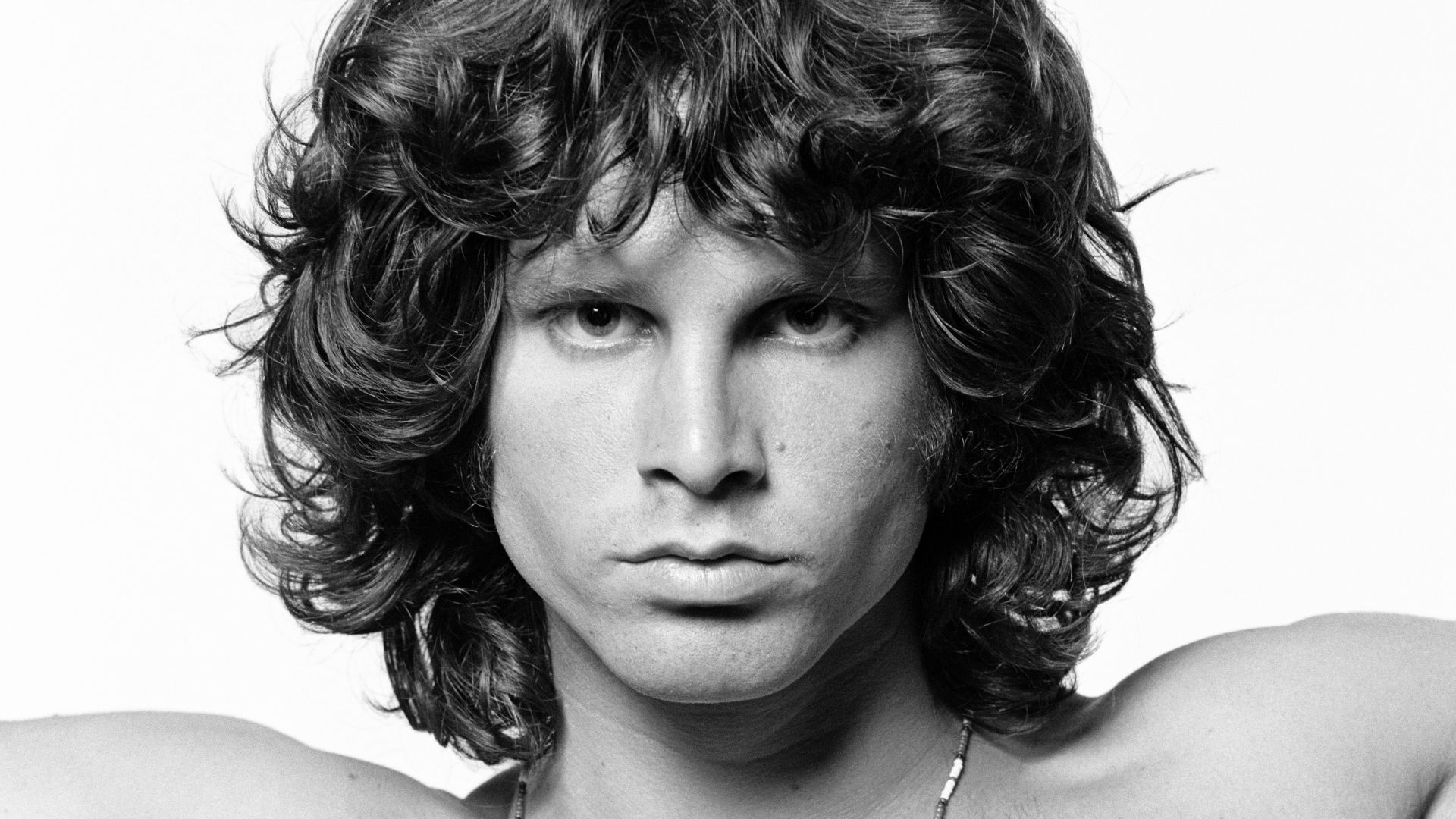 Joel Brodsky, Distributed by Elektra Records, Wikimedia Commons
Joel Brodsky, Distributed by Elektra Records, Wikimedia Commons
41. She Moved In
Janis Joplin toured with her latest band briefly, before checking into the Landmark Motor Hotel in Hollywood in August 1970. She was rehearsing and recording her latest album. She’d also taken up with a 21-year-old college student, Seth Morgan. Morgan would go on to publish a single novel. However, in 1970, he was dealing while taking his studies.
42. She Made A Commitment
Joplin and Morgan became engaged in September. However, most historians note that Morgan did not spend much time with Joplin during this period. Despite Joplin spending many hours rehearsing and recording at Sunset Sound Records, Morgan only visited her eight times. Complicating matters, Peggy Caserta remained a figure in Joplin’s life.
43. She Succumbed To Temptation
Joplin and Caserta had been friends, with on-again, off-again romantic engagements, for several years by this point. Caserta was also an addict. In her book published in 1973, Casterta claimed that she and Joplin had agreed to stay away from each other in April 1970.
It was a plan that fell apart when Caserta checked into the Landmark in September.
 John Byrne Cooke Estate, Getty Images
John Byrne Cooke Estate, Getty Images
44. She Made Demands
Supposedly, Janis Joplin became aware of Caserta’s presence at the Landmark through another dealer who’d make deliveries there. Joplin sought Caserta out to demand she give her the substances she wanted. When Caserta refused, Joplin reportedly announced, “Don't think if you can get it, I can't get it”.
Joplin’s publicist did not become aware of this until much later, but has since determined, Joplin became a regular customer of Caserta’s dealer not long after this reportedly happened.
45. Her Days Were Up And Down
Janis Joplin spent her last days in the recording studio. Her last recording ever made was “Mercedes Benz”, a song which she recorded in a single take on October 1, 1970. The following day, October 2nd, was filled with highs and lows for Joplin. She was thrilled at the progress of the recordings, but angry at Morgan, who’d invited women to her home. Things were falling apart.
46. She Feared Rejection
On the evening of October 3rd, Joplin spent several hours with her organist, Ken Pearson, before they parted ways in the lobby of the Landmark where they were both staying. The last thing she said to him, before returning to her room alone was a possible joke about how she feared Full Tilt Boogie might leave her. That was the last Pearson, or anyone would see of her.
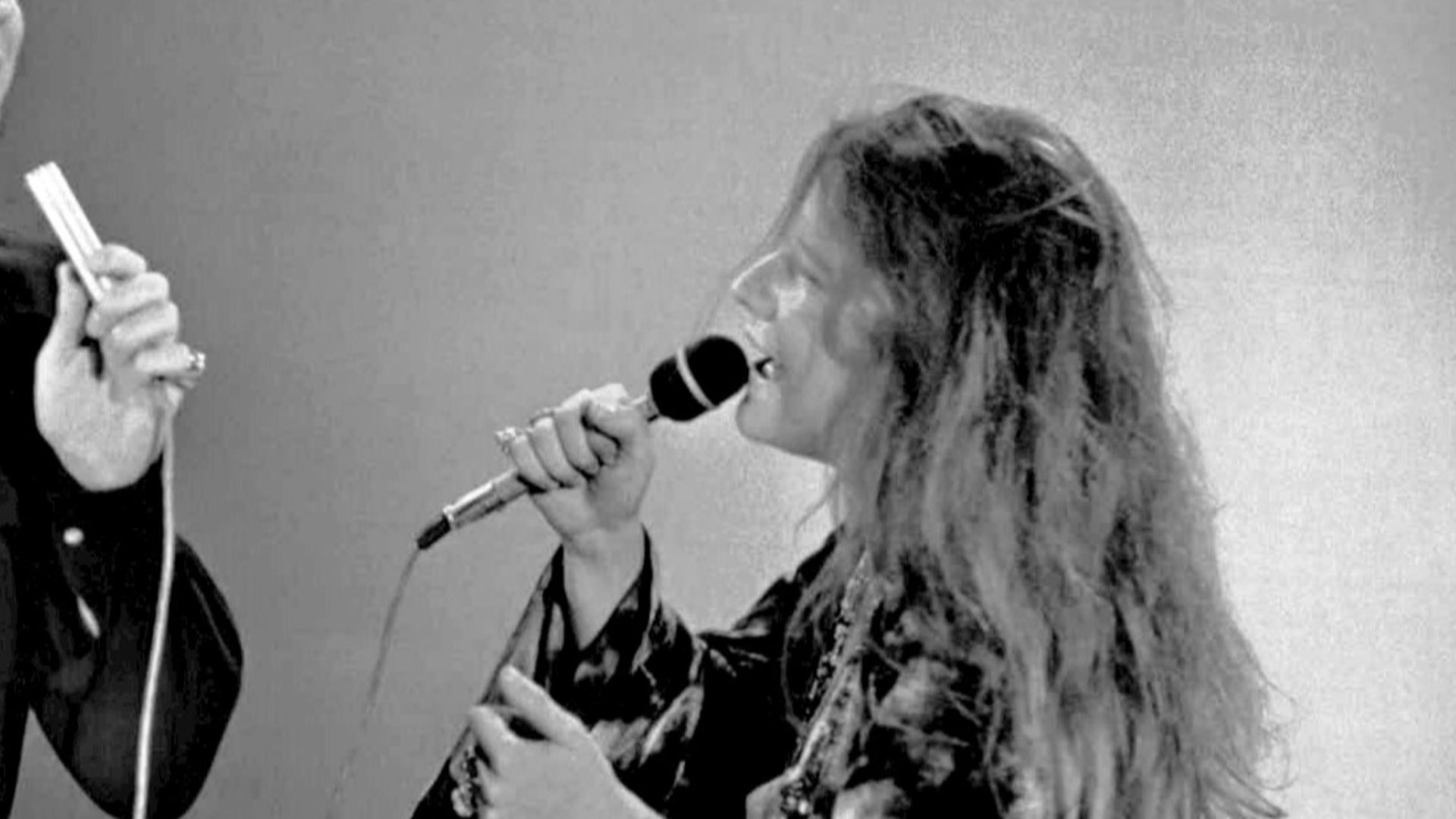 ABC Television, Wikimedia Commons
ABC Television, Wikimedia Commons
47. She Slipped Away
Joplin’s close friend and road manager, John Byrne Cooke found her lifeless body in her hotel room on the evening of October 4, 1970. She was 27. Although no substances were found in her room, investigators ruled her passing to be due to an overdose, possibly compounded by her consumption of drink.
Cooke believed that she’d gotten a hold of substances much stronger than she’d been used to, thus resulting in her passing.
48. She Was Abandoned
In an unusual twist, Janis Joplin meant to meet with both Peggy Caserta and her fiancé, Seth Morgan on the evening of October 2nd. Caserta originally claimed in her 1973 book that she and Morgan planned to meet Joplin for a three-person romantic engagement, but both Morgan and Caserta pulled back at the last minute, leaving Joplin alone on her final day. It’s impossible to determine how this affected Joplin’s state of mind in that last day.
49. Her Music Carried On
Despite not finishing the recordings, Janis Joplin had laid down enough tracks for her final album, Pearl to release following her passing. Pearl was Joplin’s best-selling album of her career. It also featured her biggest single, a cover of “Me and Bobby McGee”. It is difficult to say how much her tragic passing contributed to this.
 Janis Joplin - The Pearl Sessions (Teaser), Janis Joplin
Janis Joplin - The Pearl Sessions (Teaser), Janis Joplin
50. She Was One Of A Kind
Although it has been over 40 years since she has passed, Janis Joplin continues to be influential in music. She has appeared on Rolling Stones list of “100 Greatest Artists of All Time” several times. Many artists have written songs about her, and artists still speak of her today. Joplin’s loss was a tragedy, but the work that she made while she was alive, thankfully, lives on.
You May Also Like
Doomed Facts About Sandy Denny, The Falling Folk Star
Breakthrough Facts About Jim Croce, The Ill-Fated Folk Singer

